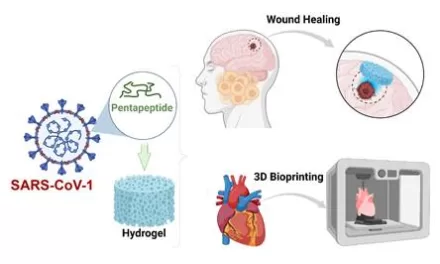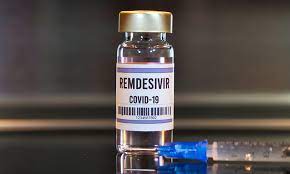Introduction
The global burden of cancer has risen dramatically over the past decade, with a 25% increase in cancer mortality reported between 2007 and 2017. By 2019, cancer had become the second leading cause of death in Western Europe, responsible for over 30% of all fatalities. A key factor in this surge is the aging population, which has been linked to a deficiency in vitamin D—a nutrient increasingly recognized for its potential role in cancer prevention and mortality reduction.
The Role of Vitamin D in Cancer
Vitamin D, primarily obtained through exposure to ultraviolet-B (UV-B) radiation and dietary intake, is crucial for maintaining bone health. However, its role extends beyond skeletal functions, with emerging evidence suggesting that higher levels of 25-hydroxyvitamin D [25(OH)D], the main circulating form of vitamin D, may offer protective effects against cancer. Age-related declines in vitamin D levels have been associated with an increased risk of cancer incidence and mortality, sparking interest in its potential as a preventive measure.
Study Overview
A recent umbrella review conducted by researchers Schömann-Finck and Reichrath, published in the journal Nutrients, sought to clarify the relationship between vitamin D levels and cancer outcomes. The study adhered to a rigorous protocol registered with the International Prospective Register of Systematic Reviews (PROSPERO) and followed the Preferred Reporting Items for Systematic Reviews and Meta-Analyses (PRISMA) guidelines, with modifications for its umbrella design.
The review aimed to synthesize evidence from systematic reviews and meta-analyses that included randomized controlled trials (RCTs) and cohort studies published between 2010 and 2020. The researchers focused on studies involving populations at risk of or diagnosed with specific cancers, analyzing the impact of 25(OH)D levels on cancer incidence and mortality.
Key Findings
The comprehensive literature search yielded 182 articles from PubMed, 57 from reference lists, and three from the Cochrane Library, covering a range of cancer types. After a thorough screening process, 41 reviews were included in the qualitative synthesis. These reviews primarily focused on breast, prostate, colorectal, pancreatic, and lung cancers.
- Breast Cancer: Thirteen reviews were analyzed, with ten including meta-analyses. Most reviews reported a significant inverse association between higher 25(OH)D levels and breast cancer incidence and mortality, suggesting a protective effect. However, these findings were derived from observational studies, limiting the ability to establish causality.
- Prostate Cancer: Nine reviews provided mixed results. Some studies indicated an increased risk of prostate cancer with higher 25(OH)D levels, while others found no significant association. Despite this, higher vitamin D levels appeared to reduce prostate cancer-related mortality, though the evidence was primarily observational.
- Pancreatic Cancer: Results were less conclusive for pancreatic cancer, with two reviews finding no significant association between 25(OH)D levels and cancer incidence. However, one study suggested a potential protective effect of higher vitamin D levels on pancreatic cancer mortality.
- Colorectal Cancer: Twelve reviews supported a protective role for vitamin D, with most identifying significant inverse associations between higher 25(OH)D levels and reduced colorectal cancer incidence and mortality. Yet, the reliance on observational data precludes definitive conclusions.
- Lung Cancer: The relationship between vitamin D levels and lung cancer was inconsistent, with some reviews indicating a protective effect and others finding no significant association. Mortality data were similarly mixed, highlighting the need for further research.
Study Quality and Limitations
The methodological quality of the included reviews varied widely. None were rated as high quality, with most categorized as “critically low” due to limitations in critical domains assessed by the AMSTAR 2 tool, a standard for evaluating systematic reviews. These limitations, along with the reliance on observational studies, raise concerns about reverse causation and the ability to draw causal inferences.
Conclusion
The umbrella review identified consistent inverse correlations between 25(OH)D levels and cancer incidence across several cancer types, except for prostate cancer. Stronger inverse correlations were observed with cancer mortality, underscoring the potential role of vitamin D in cancer prevention and survival. However, the current evidence is predominantly observational, necessitating further research to confirm these associations and explore the underlying mechanisms.
As the global cancer burden continues to rise, understanding the role of modifiable factors such as vitamin D levels could have significant implications for public health strategies aimed at reducing cancer mortality. Future studies should focus on overcoming the methodological limitations of existing research and establishing clearer guidelines for vitamin D supplementation in cancer prevention and treatment.
Journal Reference: Schömann-Finck, M., & Reichrath, J. (2024). Umbrella Review on the Relationship between Vitamin D Levels and Cancer. Nutrients. doi:10.3390/nu16162720












